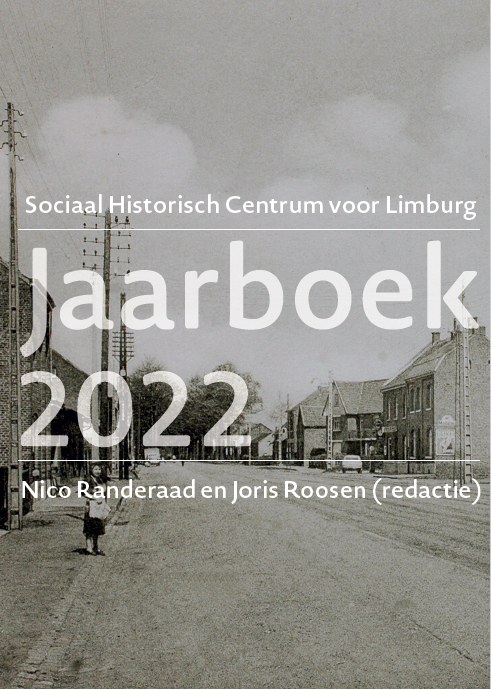Een toplocatie aan het water? Een ruimtelijke analyse van de invloed van sociaaleconomische status en woonplaats op de verspreiding van en sterfte door cholera in Maastricht tijdens het epidemiejaar 1866
DOI:
https://doi.org/10.58484/ssegl.v67i13522Trefwoorden:
negentiende eeuw, sociaaleconomische geschiedenis, Maastricht, epidemieënSamenvatting
The final dreadful cholera epidemic of the nineteenth century, that of 1866, caused clear disparities in mortality across the different social classes in the city of Maastricht. The mayor of Maastricht recognized a clear causal link between the lifestyle of the lower classes and their disproportionally high mortality rates compared to the upper classes. However, the literature generally deems cholera a non-discriminatory disease – one that affects age groups, sexes, and social classes indiscriminately. The disease, once contracted, could be very lethal among the upper classes as well. Thus, the question remains, what caused higher mortality among the lower classes; was it the impact of social status, or did other, environmental, factors weigh in? To gain a more detailed understanding of the 1866 cholera epidemic and understand which factors were important in relation to socioeconomic disparities, this article uses unique data on the deceased and surviving victims. The analysis focuses on demographic and spatial characteristics of the victims. We conclude that residence close to the waterways was a high-risk factor for cholera. Socioeconomic status in itself was only slightly related to the spread of cholera because the poorest neighbourhoods were in the proximity of these waterways.
Downloads
Downloads
Gepubliceerd
Nummer
Sectie
Licentie

Dit werk wordt verdeeld onder een Naamsvermelding-NietCommercieel 4.0 Internationaal licentie.


